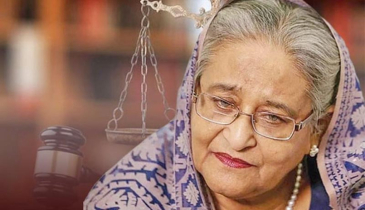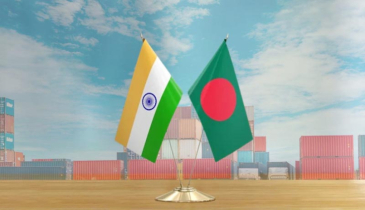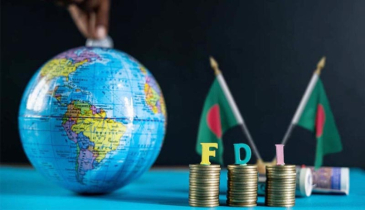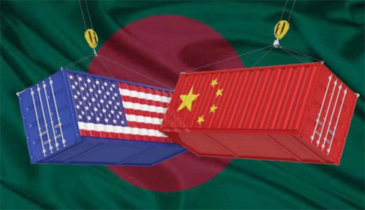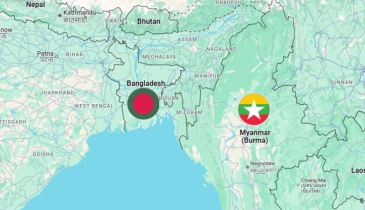Malaysian Prime Minister's Visit To Bangladesh: High Hopes And Strategic Imperatives
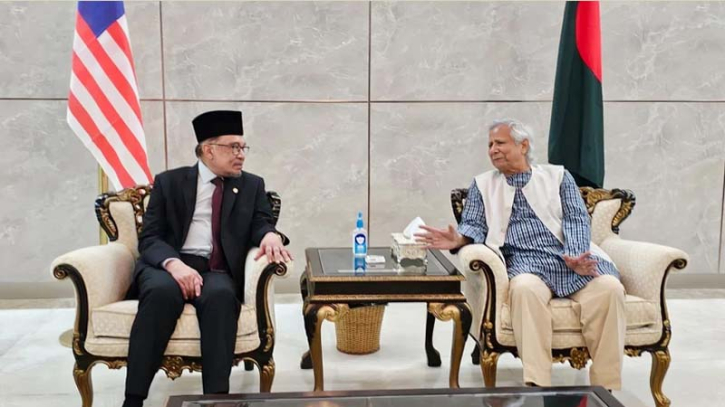
After a decade, the Malaysian Prime Minister visited Bangladesh on October 04, 2024. The visit of Malaysian Prime Minister Anwar Ibrahim is a momentous occasion with significant potential for both nations. This visit comes at a critical juncture in Bangladeshi politics, being the first high-level foreign engagement since the establishment of the interim government led by Professor Muhammad Yunus.
The relationship, historically based on trade, investment, and labor exchanges, could now evolve into a more comprehensive partnership as global dynamics shift. With both countries navigating post-pandemic recoveries and responding to regional geopolitical changes, expectations from this visit are notably high. Here’s why this visit carries weight, and what Bangladesh, Malaysia, and their respective stakeholders should expect from it.
A History of Strong Bilateral Relations
Bangladesh and Malaysia share a longstanding partnership. Diplomatic relations were formally established in 1972, and since then, both countries have enjoyed robust economic ties. According to Bangladesh Bank, Bangladesh imported approximately $3.5 billion in 2022-23, with Malaysia becoming the third largest exporter after China and India. On the other hand, Bangladesh exported products worth $371.86 million to Malaysia, with a huge trade gap in favor of Malaysia. This is a substantial figure for both nations, considering the size of their economies and the composition of their trade, which largely involves Malaysian exports of palm oil, electronics, and other industrial products. In contrast, Bangladesh exports primarily textiles and ready-made garments (RMG) to Malaysia.
However, the relationship extends beyond commerce. Malaysia is one of the largest destinations for Bangladeshi migrant workers, hosting nearly 0.8 million Bangladeshi nationals who contribute to Malaysia’s key industries, particularly construction and agriculture. Last year, Malaysia was the second-largest overseas job market for Bangladesh. This workforce remits over $1 billion annually to Bangladesh, making it an essential component of Bangladesh’s foreign currency reserves.
The scope of the Prime Minister’s visit will likely cover these areas, but there is hope for broader discussions that touch upon newer fields of collaboration, particularly in infrastructure, education, and technology transfer.
Economic Expectations – Trade and Investment Opportunities
One of the most crucial expectations from this visit is an expansion in economic cooperation. Both countries stand to benefit from deepened trade and investment relations. With a GDP growth rate of 6.5% in the past decade and a booming textile sector, Bangladesh has a strong interest in attracting foreign direct investment (FDI). Malaysia, with its expertise in infrastructure development, could play a pivotal role in helping Bangladesh address its infrastructure gaps, especially in transportation, energy, and telecommunications.
Bangladesh is already embarking on massive infrastructure projects, such as the Padma Bridge, metro rail systems, and numerous power plants, to drive economic growth. These projects are capital-intensive, and Malaysia’s state-owned enterprises (SOEs) and private companies could find lucrative opportunities in public-private partnerships (PPP) to participate in these ventures. The visit of the Malaysian Prime Minister may bring about discussions on creating more favorable conditions for Malaysian investors in Bangladesh, including incentives like tax breaks and simplified regulatory procedures.
From Malaysia’s perspective, Bangladesh offers a burgeoning market of over 170 million people, with a growing middle class and increased purchasing power. Sectors like telecommunications, information technology, and financial services could offer significant returns for Malaysian businesses. Moreover, as Bangladesh is on track to graduate from Least Developed Country (LDC) status by 2026, there are expectations that Malaysia could help Bangladesh improve its competitiveness by investing in skills development and technology transfer.
Labor Migration – A Key Pillar
Labor migration has been a cornerstone of the Bangladesh-Malaysia relationship for decades. However, the dynamics of this labor migration need revision, given that the process has, at times, been fraught with inefficiencies, allegations of human trafficking, and exploitation of workers. Both governments have expressed concern over these issues, and it is expected that the Prime Minister’s visit will result in the announcement of measures to streamline and formalize the labor recruitment process. Ensuring safe, orderly, and regulated labor migration is a key concern for both countries.
The current demand for migrant workers in Malaysia remains high, especially in sectors such as palm oil plantations, construction, and manufacturing. At the same time, Bangladesh, with a young and growing population, is eager to ensure that its workers are provided with fair wages and safe working conditions. Negotiating a labor agreement that reflects these mutual interests is expected to be one of the most critical deliverables of this visit.
In addition to this, there is a growing demand in Bangladesh to upskill its workforce and send higher-skilled labor to countries like Malaysia, where the services and high-tech industries are expanding. Vocational training and educational exchanges could become part of a broader framework to elevate the status of Bangladeshi workers abroad.
Regional Geopolitics and Strategic Considerations
The visit of the Malaysian Prime Minister also comes at a time of changing geopolitical dynamics in the South and Southeast Asian regions. Both countries are members of the Organization of Islamic Cooperation (OIC) and have historically coordinated their positions on issues such as the Rohingya crisis. The ongoing situation, where nearly 1.3 million Rohingyas are sheltered in Bangladesh, will likely feature in the discussions. Bangladesh may seek Malaysia’s continued support for a diplomatic resolution to the crisis and greater assistance in international forums.
Additionally, as China continues to expand its influence through the Belt and Road Initiative (BRI), countries like Malaysia and Bangladesh, both BRI signatories, may find common ground in discussing how to navigate the opportunities and challenges posed by this initiative. Balancing relations with China while maintaining strong ties with other regional powers such as India and Japan will be a strategic topic during the high-level meetings.
As Malaysia prepares for its upcoming chairmanship of ASEAN in 2025, PM Anwar’s discussions with Dr. Yunus may also touch upon how ASEAN can collectively address the Rohingya crisis more effectively. A unified ASEAN approach could enhance diplomatic pressure on Myanmar to resolve this humanitarian issue while ensuring that neighboring countries like Bangladesh receive support in managing refugee influxes.
Moreover, the visit could also address regional cooperation in combating climate change. Both Bangladesh and Malaysia are vulnerable to the impacts of climate change, particularly rising sea levels and extreme weather events. Collaborative efforts in green technology, sustainable energy, and disaster preparedness are essential areas where the two nations could forge new agreements.
This visit could be the catalyst for a more diversified and resilient relationship, setting the stage for sustained economic growth and collaboration in critical areas of mutual interest. Both nations, their governments, businesses, and people, have much to gain from a reinvigorated partnership, and it is hoped that this visit will bring about tangible outcomes for years to come. -Source: policy watcher
.png)


